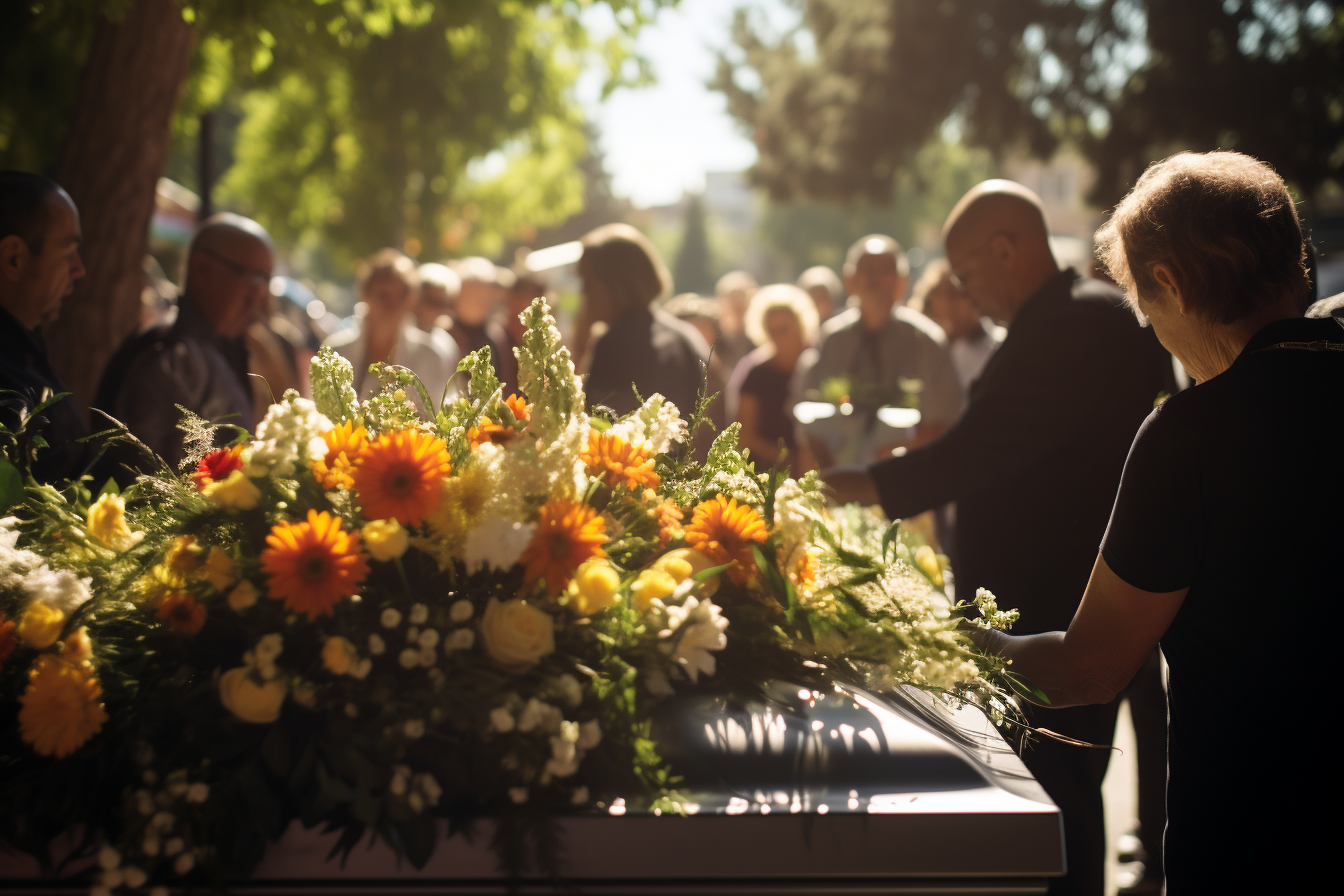Overview of Hospices in Estonia
Hospice care in Estonia is relatively new, but it is becoming more common as the country’s healthcare system seeks to provide better end-of-life care to its citizens. Hospices in Estonia are typically run by non-profit organizations and provide palliative care services to patients who are nearing the end of their lives. These services include pain management, emotional support, and spiritual care. Hospices in Estonia also provide counseling and support to family members of the patient.
One of the most well-known hospices in Estonia is the Eesti Palliatiivhoolduse SA, which is located in Tallinn. The hospice provides palliative care services to patients with life-limiting illnesses, and also offers education and training to healthcare professionals. Another notable hospice is the Tartu Hospice Foundation, located in Tartu, which provides end-of-life care and support to patients and their families.
Local Customs and Practices When Someone Dies in Estonia
Estonian culture has a rich history and tradition when it comes to death and mourning. Funerals in Estonia are typically somber events that involve the entire community coming together to mourn the loss of a loved one.
In many parts of Estonia, it is customary for the body of the deceased to be displayed in the family home for a period of time before the funeral. This allows family members and friends to pay their respects and say their final goodbyes. The wake, or “kirstunŠitamine” in Estonian, is an important part of the grieving process in Estonian culture.
Another important custom in Estonian culture is the “matusekźźnal,” which is a candle that is lit in honor of the deceased. It is customary for family members and friends to light these candles and place them on the grave of the deceased during the mourning period.
What to do When Someone Dies in Estonia
When someone dies in Estonia, there are several important steps that must be taken. Here is a numbered list of what to do:
Notify the authorities: The first step is to notify the local authorities of the death. This includes the police and the civil registry office, which will issue a death certificate. The death certificate is required for many legal and administrative purposes, such as settling the deceased’s estate.
Contact a funeral home: Once the authorities have been notified, the next step is to contact a funeral home to make arrangements for the funeral. It is important to choose a reputable funeral home that is licensed by the government and has experience in handling the funeral arrangements.
Plan the funeral: Funerals in Estonia often involve religious or cultural rituals, such as a mass or a procession. It is important to plan the funeral carefully, including selecting a location, arranging for transportation, and coordinating with any religious or cultural leaders who will be involved in the funeral.
Notify family and friends: It is important to notify family and friends of the death as soon as possible. This can be done through phone calls, text messages, or social media.
Arrange for the wake: As mentioned earlier, the wake is an important part of the grieving process in Estonian culture. The family may choose to hold the wake in the family home or at a funeral home. It is important to arrange for food, drinks, and other supplies for the wake.
Attend the funeral: It is customary for family members and friends to attend the funeral to pay their respects to the deceased and offer support to the family. The funeral may include religious or cultural rituals, such as a mass or a procession.
Complete administrative tasks: After the funeral, there may be a number of administrative tasks that need to be completed, such as notifying banks, insurance companies, and government agencies of the death. It is also important to settle the deceased’s estate, which may involve distributing assets, paying debts, and fulfilling any final wishes or instructions left by the deceased.
Observe the mourning period: In Estonia, it is customary for family members to observe a mourning period for a period of time following the death of a loved one. During this time, it is common for family members to refrain from attending social events and to wear black clothing as a symbol of mourning.
Seek support: Grieving the loss of a loved one can be a difficult and emotional process. It is important for family members and friends to seek support from each other, as well as from healthcare professionals, counselors, or religious leaders, if needed.
End-of-life care and the customs surrounding death are important aspects of any culture, and Estonia is no exception. While hospice care is still developing in Estonia, there are organizations that provide palliative care services to those in need. Understanding the local customs and practices surrounding death is crucial for those who may find themselves dealing with the loss of a loved one in Estonia. By following the steps outlined above, individuals can ensure that they are taking the appropriate steps to honor the deceased and support their loved ones during a difficult time.

